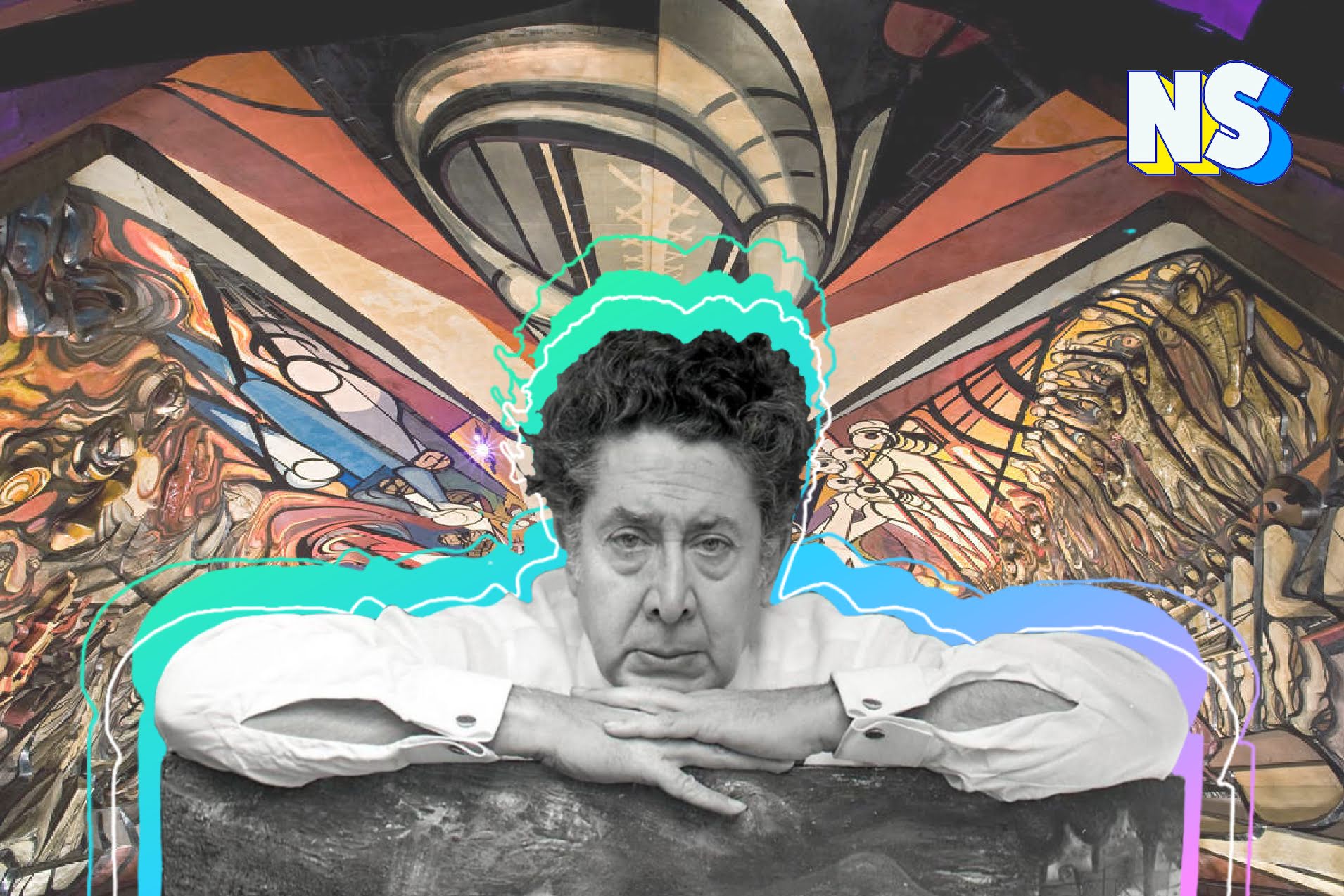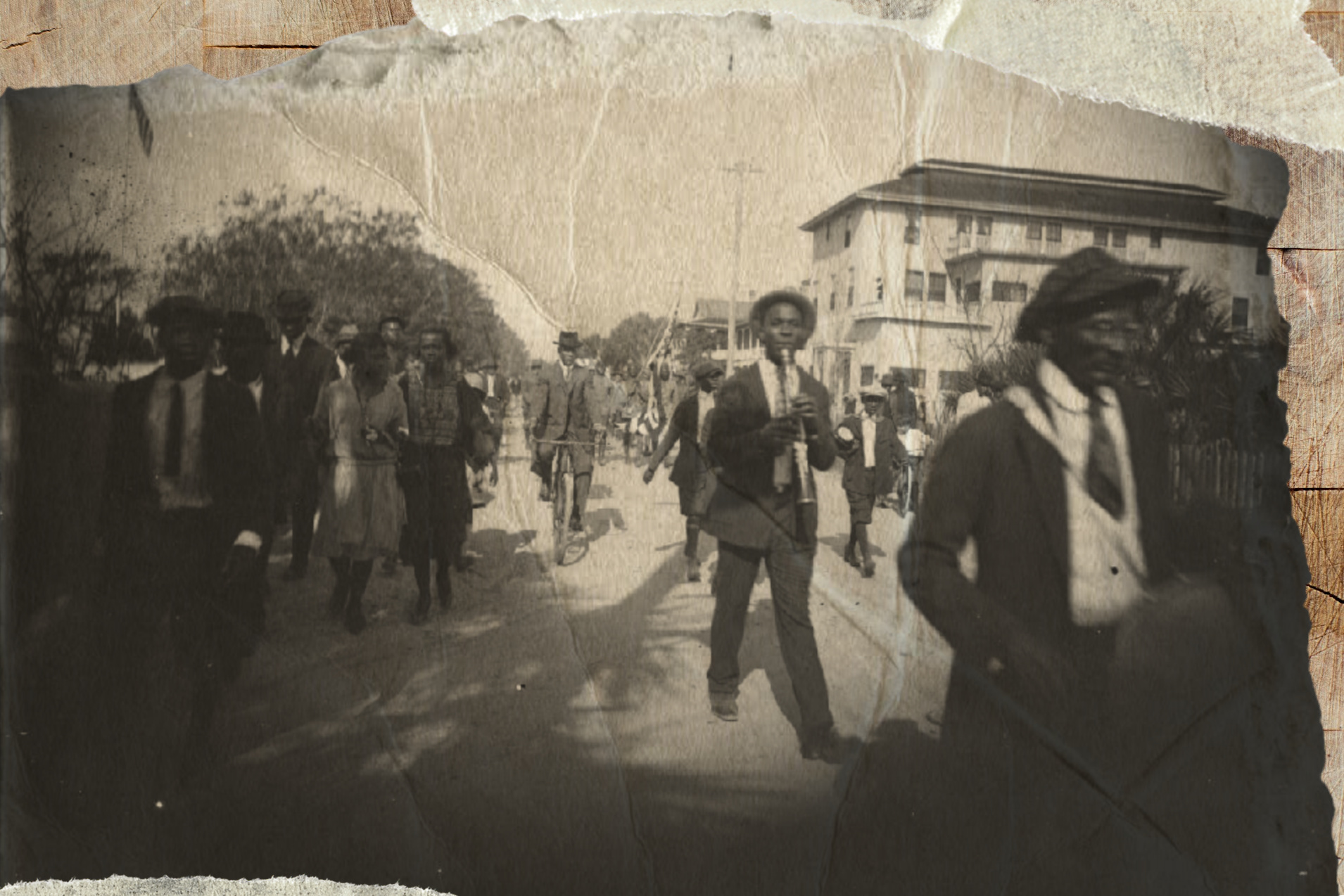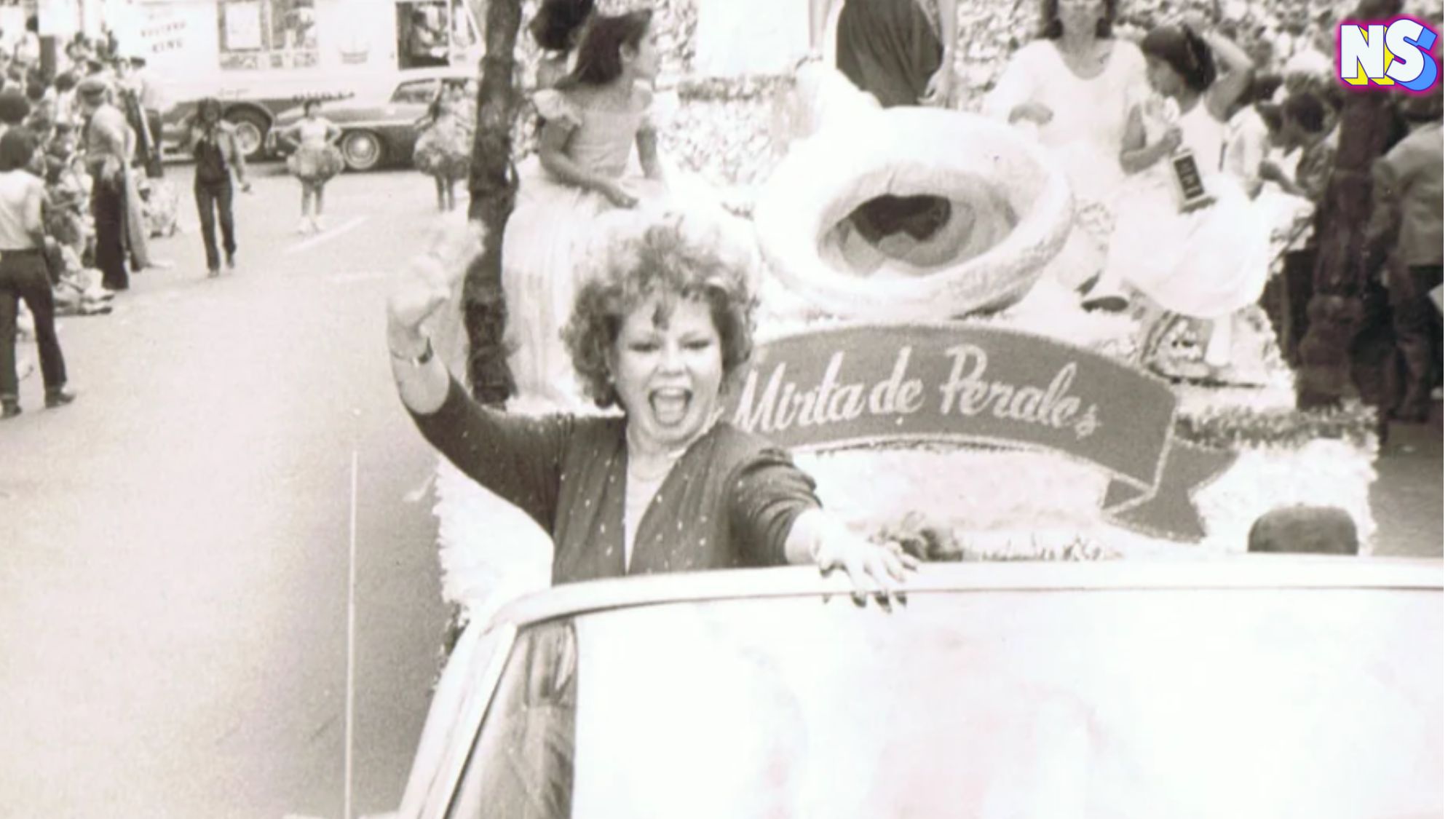Credit: Nuestro Stories
Social realist Mexican painter David Alfaro Siqueiros was part of the group of the three great muralists – Diego Rivera and José Clemente Orozco – that painted the Mexican Revolution, its view of the past, its imagined future, and its promise to the Mexican people.
Siqueiros, an exponent of New World Proletarian Art, outlived Rivera and Orozco, which developed his art and vision.
La Marcha de la Humanidad (The March of Humanity), created between 1964 and 1971, is the last great work of the last living member of Los Tres Grandes and a stunning example of Siquero’s progression.
Read more: Raíces by Frida Kahlo is a Testament of the Value of Mexican Art and Latina Artists
Behind Siqueiros’ painting, ‘La Marcha de la Humanidad’
Painted on the Polyforum Siqueiros, one of the most photographed buildings in Mexico City, it covers walls and ceilings, and it’s often called the “largest mural in the world.”
Intended to show humanity’s evolution from the past to the present and a vision of the future, it’s Siqueiros’s most ambitious work, depicting 1960s Mexico and closing the nation’s period of murals.
The painting is also seen as a reflection of the political bankruptcy of the Partido Revolucionario Institucional (PRI) at that time – still portraying the Mexican Revolution as the catalyst for future Mexican social, political, and economic policy.
In 1960, Siqueiros was sentenced to eight years for his criticisms of Mexico’s president and his role in labor agitation (he was a prominent member of the Communist Party) but was released after four years. Part of the mural was designed in prison.
After his release, he accepted the funding of a conservative industrialist and then of the government to do the mural.
La Marcha de la Humanidad was done with acrylic paint and airbrushing; it has escultopinturas (sculpture painting) made of sheets that catch the light. The work can be divided into six panels, each with a distinct composition and allegories. It cost one million and occupied almost two acres.
Siqueiros illustrates another reality – reducing Mexicans to spectators rather than participants – much like the PRI did. He painted his figures and their faces with geometric and schematic lines in thick, black, earth-brown, reddish colors. Some of the figures seem not to have faces at all.
The evolution of his art
La Marcha de La Humanidad moved away from the overt nationalism that characterized the murals of Los Tres Grandes and replaced it with internationalism and a future in the distance.
When asked to explain the mural, he said:
“For a long time, I have not considered murals as paintings on flat surfaces. Here, we have been able to create an integral work. Architects, engineers, artisans, sculptors, painters, and even acoustics engineers have worked together to create the Polyforum. It is true collective art.”
The work is monumental, and one has to stand in the middle of it and take it all in. The work controls you – it is the last great work of an essential part of Mexican history.
https://nuestrostories.com/wp-content/uploads/2022/06/Susanne-182×250.jpeg





